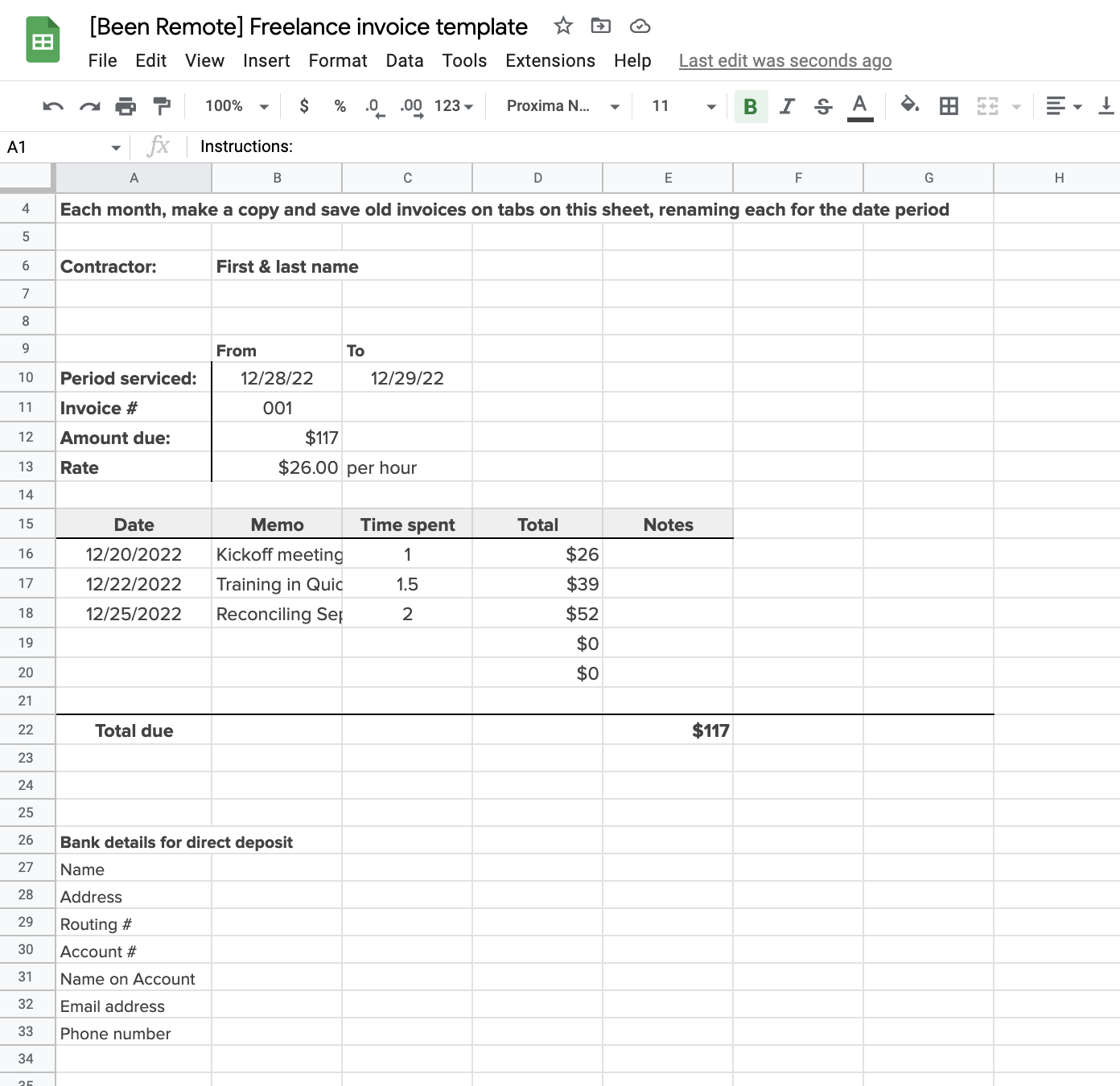
Remote work policies
Principles and guidelines for SMBs (+ free templates)
List of policies you’ll want on hand
In your employee handbook, make sure you cover everything from this list plus what would normally be in an employee handbook – for example expectations for behavior, communication, and performance, commitment to DE&I, and harassment trainings.
Of course these should be tailored to your specific company needs and, it goes without saying, your mileage may vary.
Establish clear expectations for availability and communication. Believe it or not, this includes setting guidelines for remote work etiquette, including communication methods and expectations for professionalism. If you don’t set precedent now, you’d be surprised how the lack of specificity in comms can blur the lines of management.
Develop a policy for data security and protection, including guidelines for use of company-provided technology and equipment, and for using personal devices for work purposes. Your employees and the company both have a duty to maintain confidentiality and protect sensitive information while working remotely.
Develop protocols for virtual meetings, including video conferencing and screen sharing.
Create a policy for remote work expenses, including reimbursement for necessary equipment and workspace setup.
Hiring policies can help you recruit and hire freelancers or full time staff faster.
Establish a policy for taking time off, including vacation, sick leave, family leave, FMLA, and personal days.
Create a policy for addressing potential challenges with remote work, such as internet connectivity issues, distractions, interruptions, and time management.
Develop a plan for regular check-ins and performance evaluations for remote employees. Staying in touch on a regular basis is crucial. You’ll hear me say a lot, keep your 1:1s sacred.
Create a People and Culture function for maintaining company culture and team cohesion while working remotely.
It’s hard to turn off. Offer resources for remote employees to maintain work-life balance and prevent burnout. A People and Culture function can support remote employees to maintain their mental and physical health and wellbeing, including their physical workspace and ergonomic health, and work life balance.
Develop a policy for managing remote teams, including guidelines for delegating tasks and providing support for new managers. Describe how your company prefers to manage remote team projects and deadlines, including project management tools and processes for coordination and communication, time tracking and task management.
What happens when someone’s performance slips? Here’s what to know about performance improvement plans.
Create a policy for onboarding (and preonboarding) new remote employees, including training and orientation.
Develop a policy for managing remote employees who may be in different time zones. Must they work a 9-5EST workday, or can they sign in from 9-5 (or 8-4? or 9-6 if you don’t include lunch because you’re a savage?). Outline the schedules, including expectations for regular work hours and potential flexibility.
Create a policy for maintaining company standards, compliance and quality control.
Encouraging growth is good. Establish a policy for continuing professional development and training for remote employees.
Meeting creep is real. Create a policy for managing remote meetings and collaboration, including guidelines for scheduling and participation, video on/off, agendas, and purpose. Include a clear rubric on when to say “no” to a meeting and when something should be done over DM or email.
Check in. With everyone, when you can.
Though we love to give tips, you should of course consult with employees, your leadership, HR professionals and legal counsel when developing and implementing remote work policies.












![Hybrid remote work policy [template]](https://images.squarespace-cdn.com/content/v1/636e83ae4b82aa10f4081455/1671746514505-9Q6QELV6EN5A4RGZDMAY/unsplash-image-qCi_MzVODoU.jpg)





Stuck in too many meetings? As a team lead, it’s no excuse. Here’s how to conduct meeting triage with your team so that everyone keeps their time spent in meetings to a reasonable level – one that helps them produce more and better, not less.